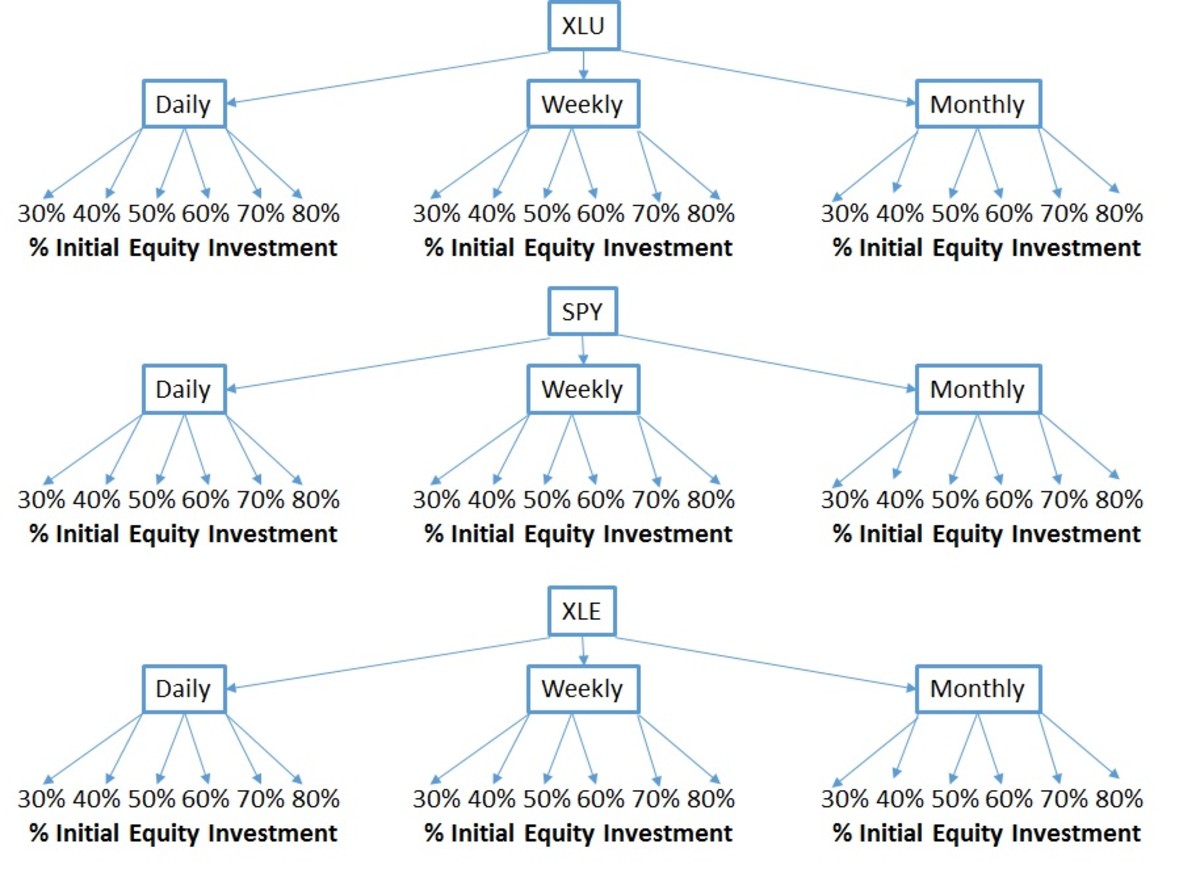Simple, Tax Efficient, No Commission, Low Cost and Well Diversified Retirement Portfolio

Stock market performance has been anemic for over a decade. On December 31, 1999, the Dow Jones Industrial Average (DJIA) closed at 11,497.12. More than 12 years later, on May 13, 2012, the DJIA sits at 12,820.60. That’s an increase of 11.5% over that period, for an average annual gain of less than 1%! Clearly, the retirement nest eggs of many investors are looking shabby, and many people face the real risk of a lower standard of living after retirement. In this low-return investment environment, it’s important to squeeze out as much growth as possible from retirement portfolios by minimizing taxes, costs and risks. Luckily, by using new investment products, you can easily build a simple, tax efficient, no commission, low cost and well diversified investment portfolio to feather your retirement nest egg.
ETFs are a key tool for retirement investors
One key tool in building a healthy retirement nest egg is the exchange traded fund (ETF). An ETF is a security that tracks an index, a commodity or a basket of assets similar to an index fund, except it trades at market prices throughout the regular trading day. ETFs have a number of advantages over mutual funds that lead to increased net returns. First, ETFs are very tax efficient since they minimize capital gain distributions by doing like-kind exchanges of stocks. In comparison, mutual funds incur capital gains throughout the year which are distributed to their shareholders at year end. The shareholders of the mutual fund need to pay income taxes on the capital gains, thereby decreasing their net returns. Second, most ETFs have lower costs than their mutual fund counterparts. The average mutual fund charges an expense ratio of about 1.4% of assets annually, meaning that a shareholder owning shares worth $10,000 would pay expenses of about $140 annually. In contrast, the average ETF charges an expense ratio of about 0.55% of assets annually, meaning that the average shareholder of $10,000 in ETF assets would pay expenses of only about $55 annually, for a savings of about $85 annually. Looking at it another way, the 0.85% savings in expense ratio for the average ETF vs. the average mutual fund is roughly equal to the average annual gain of the DJIA since December 31, 1999! Third, ETF investors have greater control over their investments than mutual fund investors since ETFs trade throughout the day while mutual funds are priced only once at the end of the day. Thus, ETF investors can use asset protection mechanisms such as stop-loss orders which are unavailable to mutual fund investors.
Pick a brokerage with no trading commissions on your ETFs
Although ETFs have the significant advantages over mutual funds discussed above, ETFs commonly have a significant disadvantage limiting their use among people making periodic investments: ETF investors usually pay a commission to buy or sell ETFs, while investors of no load mutual funds do not. Thus, for example, a person who wants to invest $200 of each paycheck in his retirement fund would typically not use an ETF since even a $10 commission for buying the ETF would consume a full 5% of his investment.
Luckily, this disadvantage of ETFs can be eliminated by using another key tool in building a retirement nest egg: the ability to make commission-free purchases of certain ETFs by using certain brokers. For example, customers of Fidelity Investments can make commission-free trades of 30 ETFs from iShares, one of the leading providers of ETFs. These 30 ETFs include 17 ETFs invested in U.S. equity index funds, 6 ETFs in international equity index funds, 6 ETFs in fixed income funds, and 1 ETF in real estate. The person who wants to invest $200 of each paycheck in his retirement fund can buy any of these 30 ETFs without paying any commission, thereby putting more of his investment at work to earn more money.
Model Retirement Portfolio Built Using ETFs
As a concrete example of a simple, tax efficient, no commission, low cost and well diversified portfolio to feather your nest egg, consider purchasing the following ETFs through Fidelity Investments: 20% in the iShares S&P 500 index ETF (ticker symbol “IVV”); 15% in the iShares S&P midcap 400 ETF (“IJH”); 15% in the iShares Russell 2000 ETF (“IWM”); 20% in the iShares MSCI EAFE ETF (“EFA”); 15% in the iShares Barclays aggregate bond ETF (“AGG”); and 15% in the iShares Barclays TIPS bond ETF (“TIP”). By buying these ETFs through your account with Fidelity, you will pay no trading commissions. Your portfolio will be well diversified by its exposure to large capitalization stocks via the position in IVV, medium capitalization stocks via the position in IJH, small capitalization stocks via the position in IWM, and international stocks via the position in EFA. Your portfolio will also be stabilized by including a variety of bonds via the position in AGG, and an assortment of inflation protected bonds via the position in TIP.
Optionally include other ETFs to add more diversification
You could also tweak your portfolio by buying some other ETFs in Fidelity’s portfolio of commission-free ETFs. For example, you could decide to lower the percentages of IVV and EFA to 15% each, and then invest the 10% difference in the iShares DJ US real estate index ETF (ticker symbol “IYR”). This position in IYR would provide exposure to real estate investment trusts (“REITs”), which would provide added income and further diversification since REITS often move independently of the stock and bond markets.
Periodically rebalance to keep original ETF allocations
To keep your ETFs allocation close to your original allocation, you could easily rebalance your portfolio at regular intervals, such as once per year. For example, if you find that your position in EFA decreases to 15% and your position in TIP increases to 20%, you could sell some shares in EFA and use the money to buy more shares in TIP to get back to your original allocation of 20% in EFA and 15% in TIP. Again, since the trading in these ETFs is commission free, you would not incur any commission charges.
Conclusion
By using a diversified selection of ETFs and a broker with no trading commissions on these ETFs, you can easily build a more comfortable retirement nest egg that is tax efficient, low cost and well diversified.









